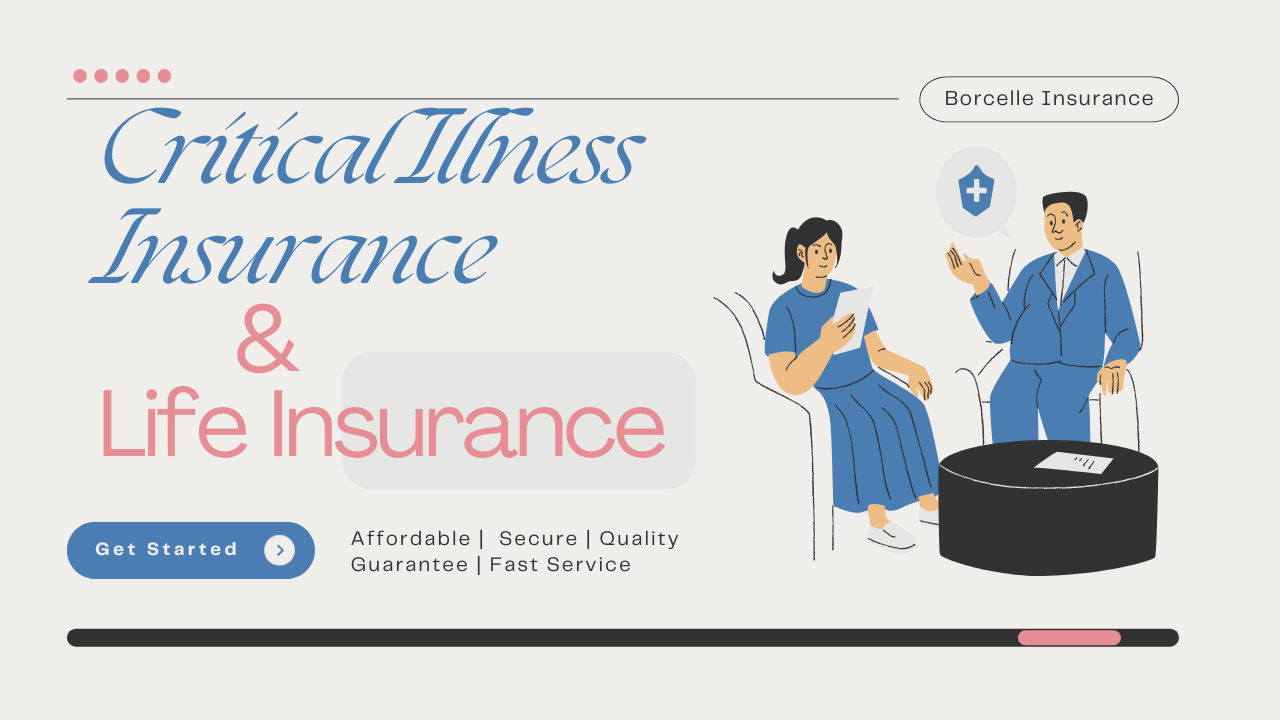Evaluation of Risk Level Assessment Strategies in Life Insurance: For people and families, life insurance is an essential financial instrument for reducing the financial risks connected to unforeseen catastrophes like death or incapacity. However, insurance firms need to precisely analyze each policyholder’s risk in order to establish rates and supply suitable coverage. In this evaluation, a number of variables are considered, including age, health, lifestyle, employment, and medical history. Advances in data analytics and technology have revolutionized the way insurers evaluate risk profiles in recent years. This article examines the efficacy of both conventional and contemporary methods for evaluating risk level assessment procedures in life insurance.
Traditional Risk Assessment Methods for Life Insurance
For the purpose of determining risk lesomevels, life insurance firms have historically used actuarial formulas, medical examinations, and standard questionnaires. These techniques provide a starting point for assessing a person’s life expectancy and propensity to make a claim. Actuarial tables assisted insurers in estimating the likelihood that a policyholder will pass away during a specific time period by using mortality rates and historical data. These conventional approaches, however, have drawbacks, including being labor-intensive, subjective, and prone to mistakes.
Even if they were instructive, medical examinations and underwriting questionnaires frequently lacked real-time data and did not fully capture a person’s health. They could also be intrusive and discourage some people from requesting coverage. Consequently, adverse selection occurred sometimes for insurers, since higher-risk people were more likely to apply for coverage, which led to skewed risk pools and increased costs for the insurer.
Modern Risk Assessment Strategies for Life Insurance
Risk assessment in life insurance has undergone a revolution in recent years due to the availability of large amounts of data and technological improvements. These days, insurers have access to genetic testing, wearable technology, electronic health records, and other data sources that offer a more complete picture of a person’s health and lifestyle.
In order to analyze this data and find trends that conventional approaches might miss, data analytics and machine learning algorithms are essential. By taking into account a multitude of variables and making more precise predictions about the future, predictive modeling enables insurers to evaluate risk more precisely. To determine a person’s risk profile, for instance, computers can examine their social media activity, lifestyle choices, and medical history.
In addition, the rise of Insurtech companies has sparked the creation of cutting-edge platforms and tools for risk assessment. These businesses use technology to increase risk prediction accuracy, expedite the underwriting process, and boost client satisfaction in general. To make the application process quicker and more convenient, certain Insurtech companies, for example, utilize artificial intelligence (AI) chatbots to gather applicant information and deliver rapid estimates.
Evaluation of Risk Assessment Strategies in Life Insurance
A number of variables need to be taken into account when assessing risk assessment methodologies in life insurance, including privacy concerns, accuracy, efficiency, and justice.
- Accuracy: Predicting the likelihood of future occurrences with accuracy is the main objective of risk assessment. By utilizing enormous volumes of data and complex algorithms, contemporary data-driven methods have demonstrated encouraging outcomes in raising prediction accuracy. To guarantee these models’ dependability, it is necessary to validate and improve them on a regular basis.
- Efficiency: Conventional underwriting procedures frequently required a lot of time andF resources. Thanks to technology and automation, risk assessment tactics of today take much less time and effort when evaluating candidates. With speedier application processing, insurers can now give clients quicker choices and a more seamless experience overall.
- Fairness: To guarantee that people are not unjustly discriminated against based on characteristics like ethnicity, gender, or socioeconomic position, risk assessment must be fair. Data-driven methods may result in more objective decisions, but if the underlying data or algorithms are not properly created and maintained, there is a chance of algorithmic bias. The goal for insurers should be to create models that are impartial, transparent, and responsible.
- Privacy Issues: Because insurers must weigh the individual’s right to privacy against the necessity for information, using personal data in risk assessment poses privacy problems. In order to secure sensitive data, insurers must adhere to data protection laws and have strong security measures in place. Openness and lucidity in the discussion of data use and privacy policies are also critical to maintaining trust with customers.
Final Words of My Opinion:
The review of risk level assessment techniques in life insurance demonstrates how conventional techniques have evolved into more contemporary, data-driven methodologies. Although conventional underwriting techniques provide a basis for evaluating risk, their precision, effectiveness, and equity were frequently restricted. Modern approaches, on the other hand, make use of technology, data analytics, and artificial intelligence (AI) to increase forecast accuracy, optimize workflows, and promote customer satisfaction.
However, insurers must address issues with privacy, fairness, and algorithmic bias as they adopt data-driven techniques. Insurers may establish consumer confidence and guarantee fair and efficient risk assessment procedures by emphasizing openness, responsibility, and moral data usage.
The future of risk assessment in life insurance will ultimately be shaped by the continuous development of technology and data analytics, which will present chances to improve risk understanding and management while guaranteeing that people and families have access to reasonably priced and complete coverage.




